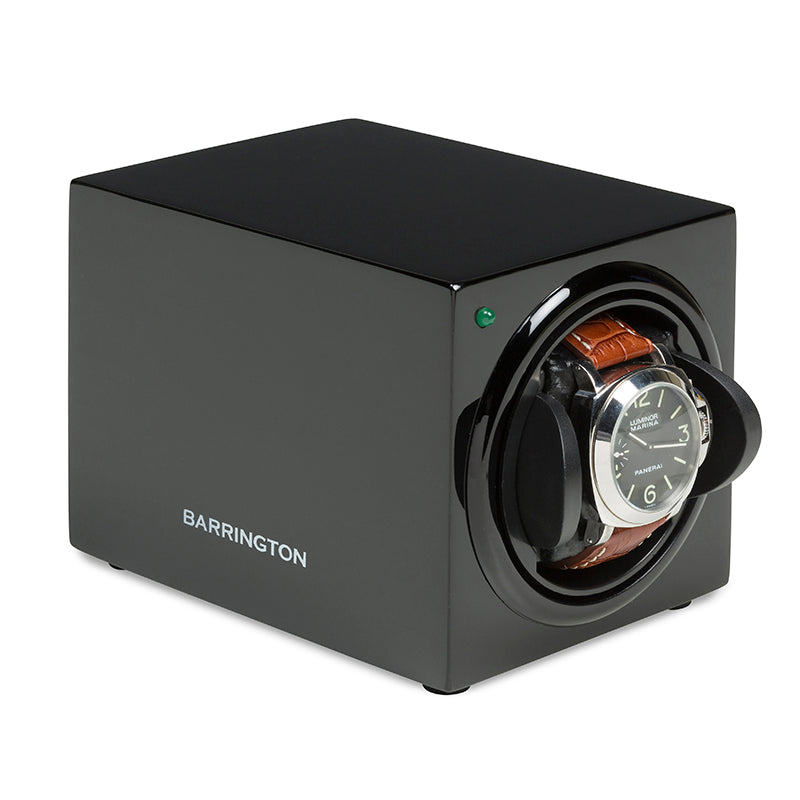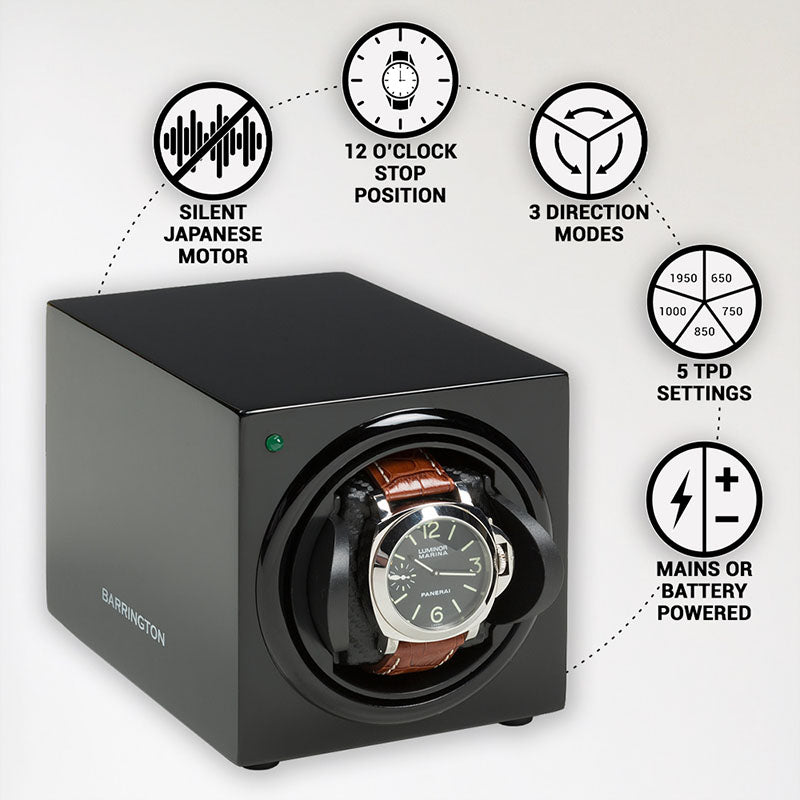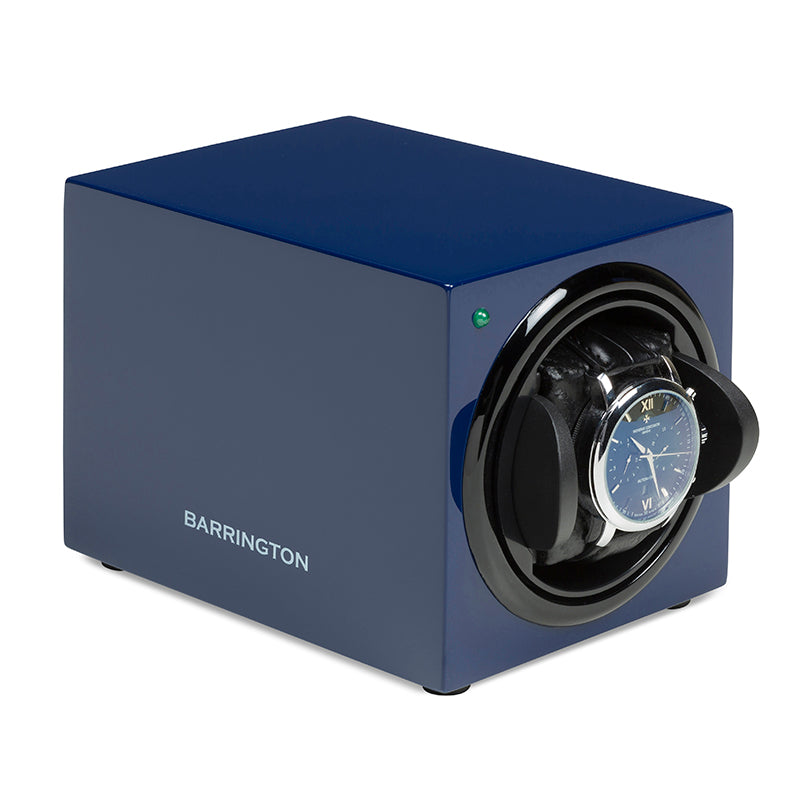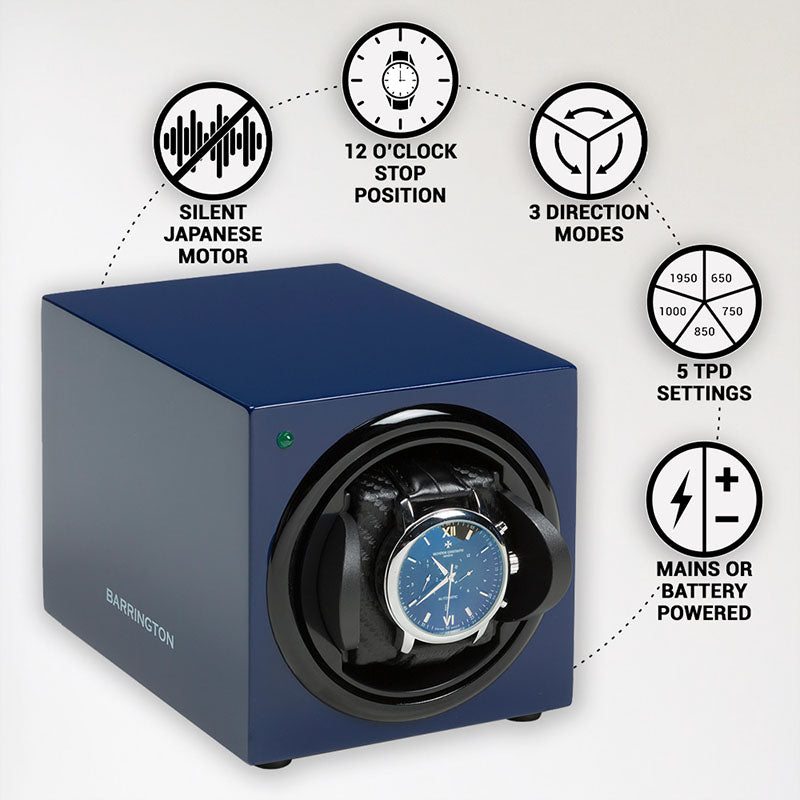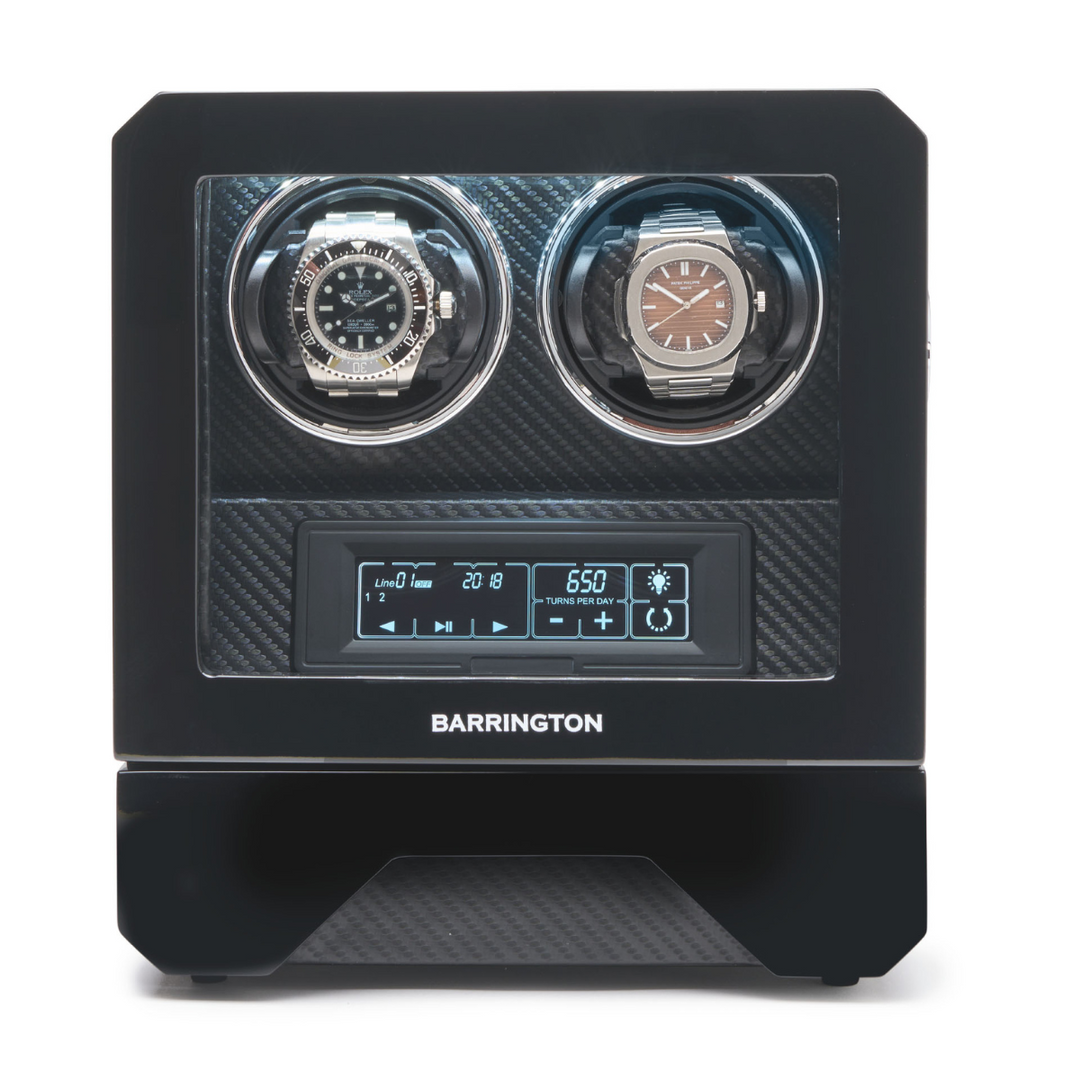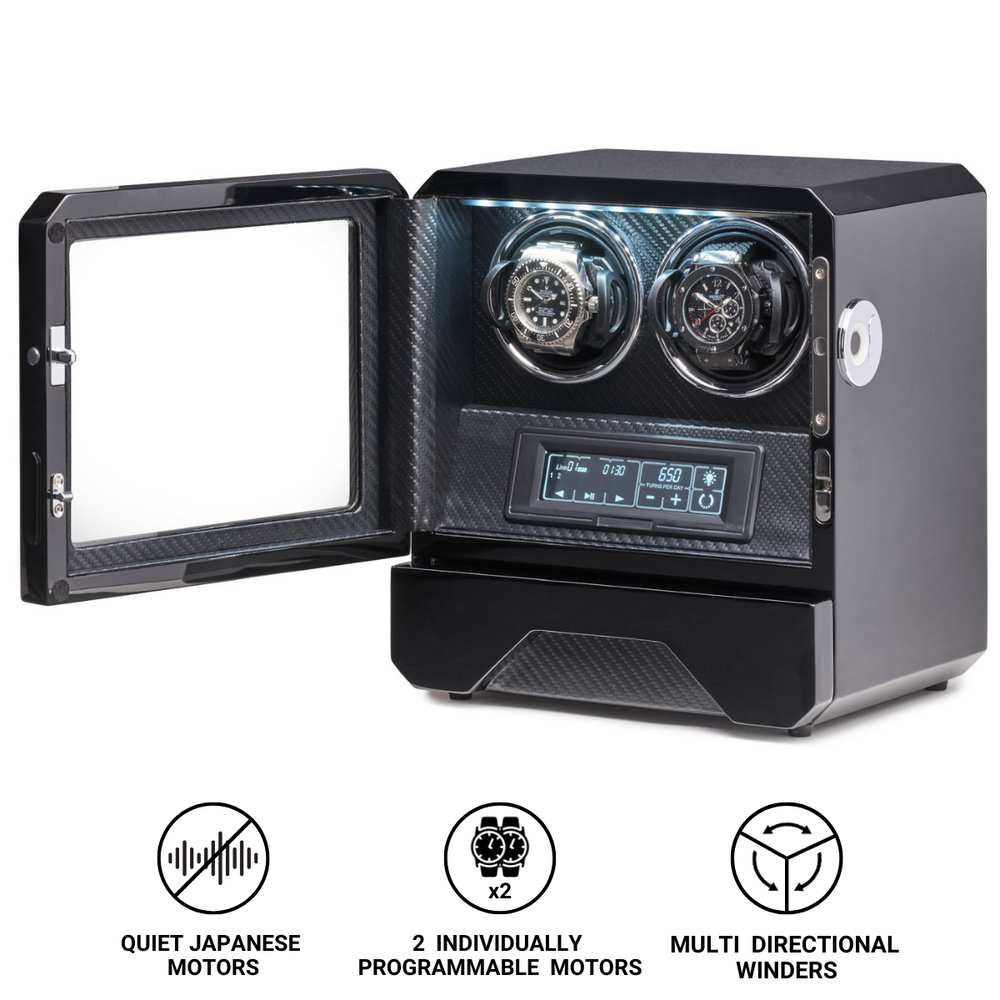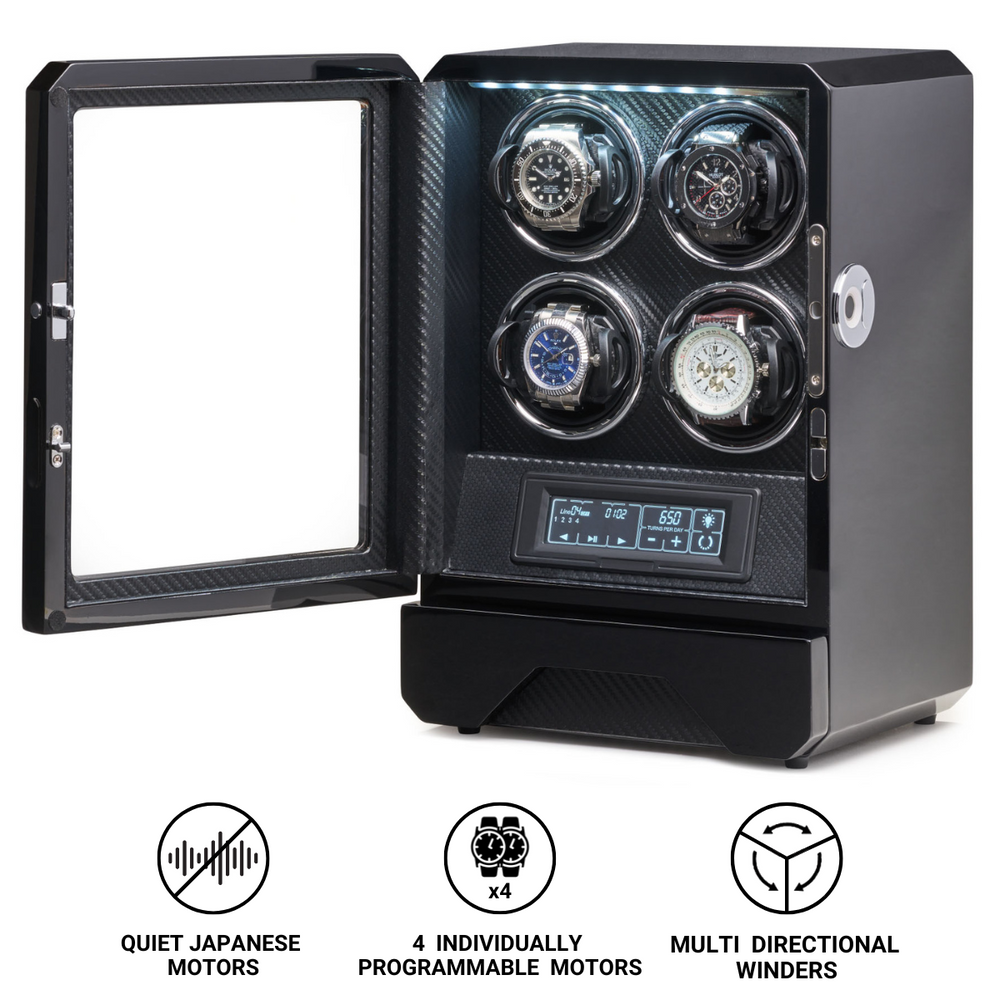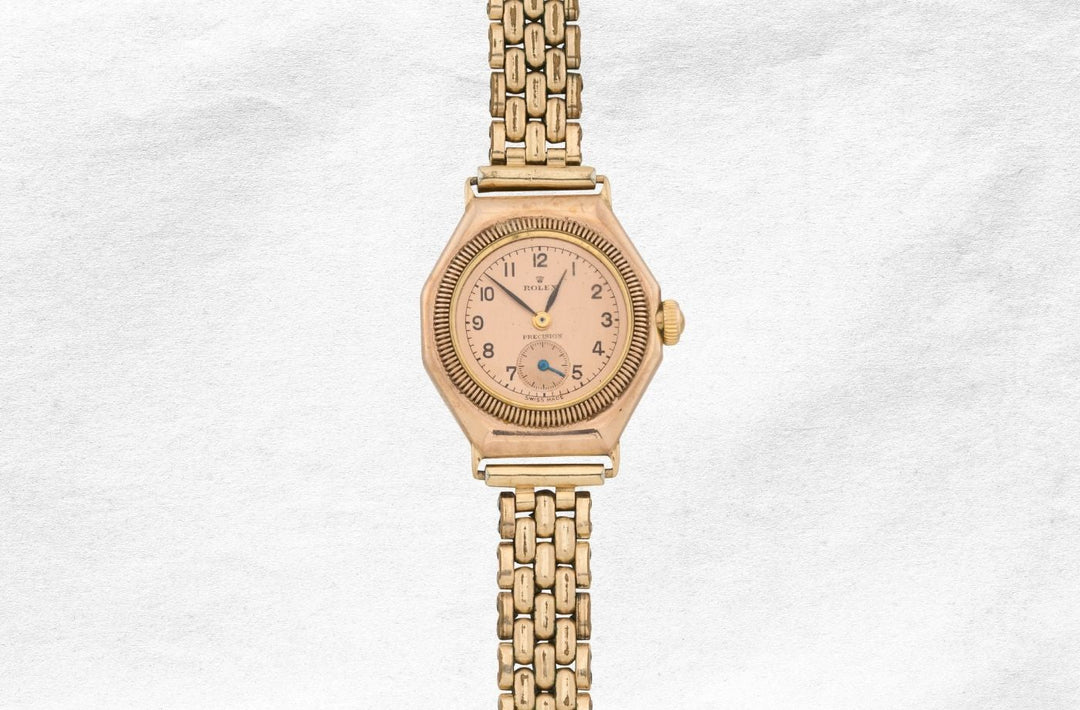Neil Armstrong’s Omega Fetches $2.1 Million at Auction
A golden Speedmaster with lunar provenance commands a stellar price at RR Auction
An Omega Speedmaster once owned by Neil Armstrong — the first human to set foot on the Moon — has achieved a remarkable $2.1 million at auction. Sold through Boston-based RR Auction, the timepiece drew intense interest from collectors worldwide and marked the first-ever public appearance of Armstrong’s personal Omega.
The watch was part of the limited 1969 “Tribute to Astronauts” series — a run of 28 commemorative chronographs presented by Omega to NASA astronauts involved in the Mercury, Gemini and Apollo programmes. These watches were awarded during a formal banquet held on 25 November 1969 at the Warwick Hotel in Houston, shortly after the triumphant return of Apollo 11.
While the number "1" in the series was offered to U.S. President Richard Nixon (who declined due to ethics regulations), the remaining watches were assigned to astronauts by mission seniority. Armstrong, as Apollo 11 commander, received number 17 — now confirmed as the example sold at auction.
Design and Detail: An Astronaut's Gold Speedmaster
The “Tribute to Astronauts” Speedmasters were crafted in solid 18-carat yellow gold — a departure from the standard stainless steel Professional model worn during missions. Armstrong’s example features a gold dial with “OM” (Or Massif) marking, indicating solid gold construction. The onyx-set hour markers, burgundy aluminium bezel insert, and “dot over 90” tachymeter scale place it firmly within the golden age of Speedmaster production.
Its caseback bears a unique engraving with Armstrong’s name and mission history — “Gemini 8 – Apollo 11” — along with a shared inscription found on all watches in the series:
“To mark man’s conquest of space with time, through time, on time.”
This poetic phrasing was penned by Omega to commemorate the Speedmaster’s role in spaceflight — a nod to both mechanical precision and human endeavour.
Omega and the Moon: A Legacy Forged in Space
The Speedmaster was selected by NASA in 1965 as the official chronograph for manned spaceflight, following extensive environmental and performance testing against rivals from Rolex, Longines-Wittnauer and Hamilton. It became the first watch worn on the Moon when Buzz Aldrin stepped onto the lunar surface on 21 July 1969 — Armstrong had left his own Speedmaster inside the Lunar Module due to a malfunctioning mission timer.
The 1969 gold “Tribute” edition was created not for retail, but as a symbolic gesture. However, a commercial variant — reference BA145.022 — was later released to the public, with a total of 1,014 units produced between 1969 and 1973. These public versions, while visually similar, lacked personalised engravings and had different caseback texts. Today, both variants are highly sought after.
Provenance Meets Rarity
While several astronaut-issued watches have appeared at auction in recent years, few carry the personal provenance of Armstrong’s gold Speedmaster — particularly one never before seen on the secondary market. Comparable results include the 2022 RR Auction sale of Walter Schirra’s gold Speedmaster for just under $2 million.
This latest result places Armstrong’s watch among the most valuable Omegas ever sold, rivalled only by a platinum Speedmaster Professional with calibre 321, auctioned in Geneva in 2021 for CHF 3.1 million — though that watch was not astronaut-owned.
A Legacy Shared
In keeping with the Armstrong family’s long-standing charitable efforts, half of the proceeds from the sale will benefit organisations chosen by Neil Armstrong’s son, Mark Armstrong. The astronaut passed away in 2012, but his legacy — both as an explorer and a symbol of peaceful space achievement — continues to inspire generations.
Time, Space, and Enduring Appeal
For Omega, the Speedmaster remains a defining achievement. It is still part of NASA’s approved equipment list and has flown on every crewed mission since Gemini IV. Its timeless design and proven resilience have made it a pillar of modern tool watchmaking — one of the few watches with legitimate claim to the title “icon.”
Armstrong’s gold Speedmaster now joins a select group of timepieces whose value lies not merely in materials or mechanics, but in their place within the story of human progress. For its new owner, the $2.1 million price reflects not just a rare acquisition, but a deep connection to the moment humankind first left its footprints on another world.


